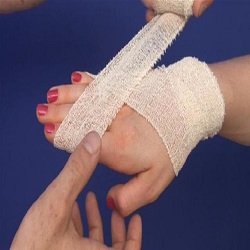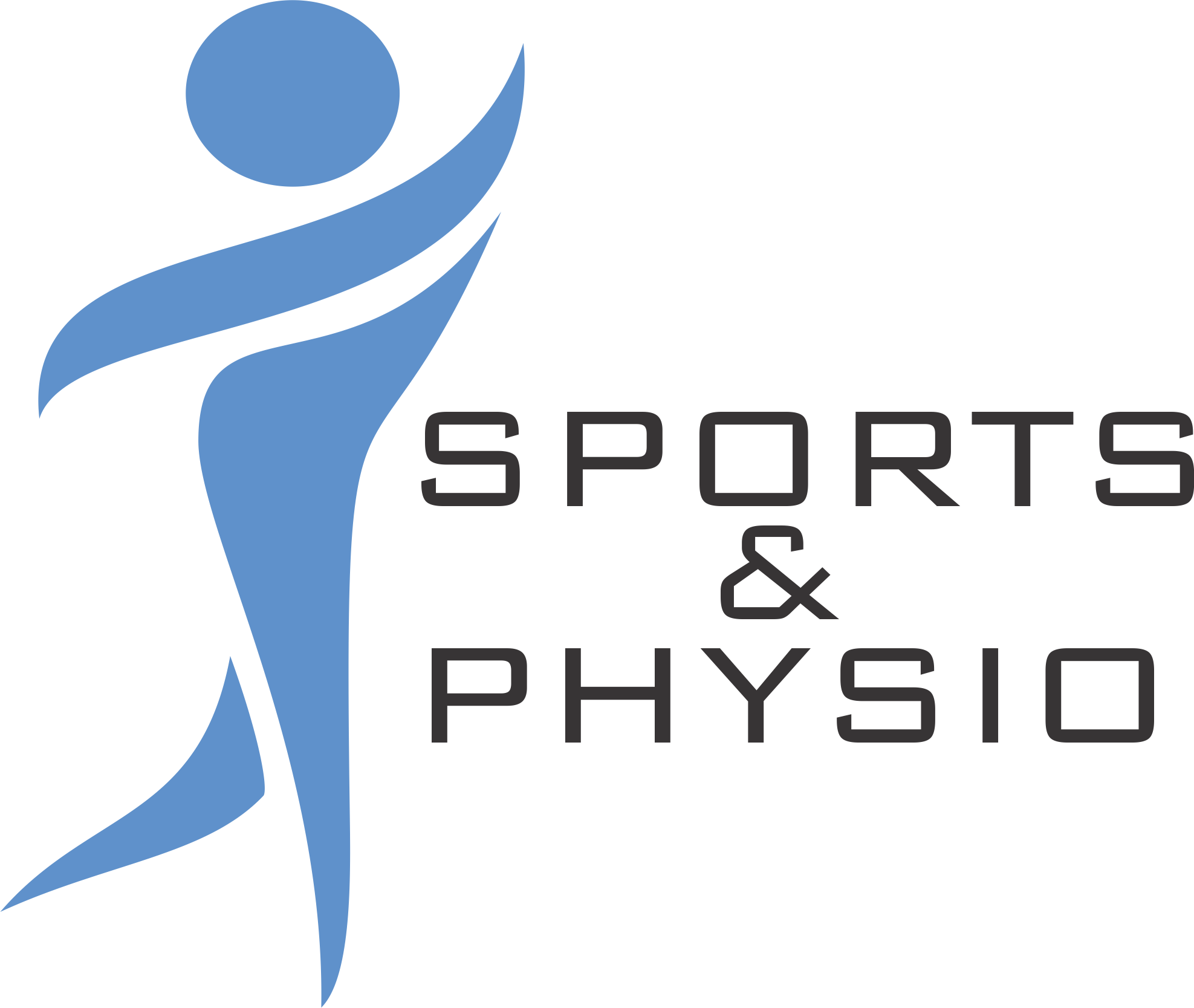R.I.C.E is one of the most recommended first aid therapeutic treatment for acute musculoskeletal injuries such as sprains and strains. It is a common method used in the management of injuries and is used primarily to help reduced inflammation and the associated swelling as well as providing basic pain relief. As mentioned above the main aim of R.I.C.E is to control swelling and to aid recovery time. It should be administered as soon as possible after the injury. This will result in decreased pain, inflammation, muscle spasms, swelling and tissue damage.The four components of R.I.C.E. therapy can be carried out together, separately or in any combination of components from the four elements of the technique.

Rest from any activity that increases your pain. It is also important to avoid activity that causes an increase in pain or ache after that activity with rest. It is important after an acute injury to rest the affected area to protect it from further injury. The area should be protected from excessive stress but not allowed to be completely inactive.
Complete inactivity will result in excessive decreases in strength and mobility of the affected soft tissues, and promote increased swelling. The load must be within the capacity of the affected tissue, when the load is higher than the capacity it may cause further injury or negatively affect the recovery of the affected tissue.
It is important to determine the appropriate amount of stress the tissues can handle and ensure these are not exceeded in order to promote a faster recovery.
Ideally lie down in a comfortable position to minimize bleeding, swelling and further damage. Rest may also involve the use of crutches, a protective brace or tape or the use of a sling etc.

This reduces the swelling and inflammation by limiting the amount of fluid able to perfuse into the soft tissue surrounding the injury. It also numbs the affected area by decreasing the proprogation of nocioceptive neural stimuli to the brain to reduce pain and muscle spasms.
In the acute stages of injury the positive effects of cryotherapy outweigh the negative effects, and allows for a degree of control over the inflammatory reaction. However, with the initial inflammatory reaction of the injured soft tissue reduced the negative aspects of cryotherapy will impede the recovery of the tissue.
Apply ice for 15 to 20 minutes periods every couple of hours in the first fourty-eight hours after the injury occured. The ice must be wrapped in a damp towel or cloth to prevent superficial nerve or skin damage caused by over exposure to the ice.
Apply caution when using cryptherapy on people who are hypersensitive to cold such as anyone with Raynaud’s syndrome, diabetes, cold urticaria, paroxysmal cold hemoglobulinuria or have a circulatory insufficiency.

If on applying a compression bandage you experience pins and needles, numbness or ANY colour change in your extremities (e.g. foot or hand), the bandage is too tight and is cutting off your circulation.
It must therefore be loosened or taken off completely. Remove your compression bandage for sleeping.
Compression of the injured area helps to immobilize and protect the joint. It also helps to reduce swelling in the area by increasing the pressure within the tissues this results in decreased perfusion of the soft tissue, which help to prevent excessive swelling. Ace bandage, brace or tape can be used as compression devices.

The injured area must immediately be raised, preferably to a level above the heart. This allows gravity to drain the excess fluid from around the injured tissue back to the central circulation, resulting in decreased swelling.
As the pressure in the injured area is reduced, this will reduce pain and allow for transport of cellular waste products towards the heart which helps the recovery of the tissue by re-establishing the cellular and extracellular homeostasis.
Elevate the injured area above the level of your heart (provided this does not cause an increase in pain) for as long as possible to minimize bleeding and swelling.
